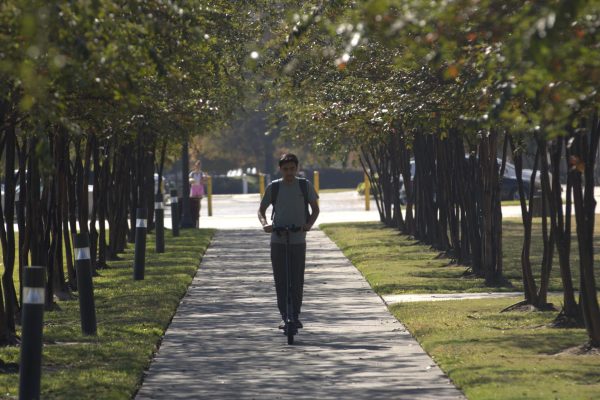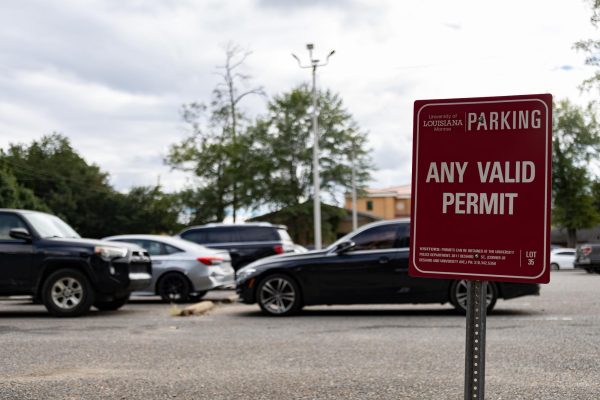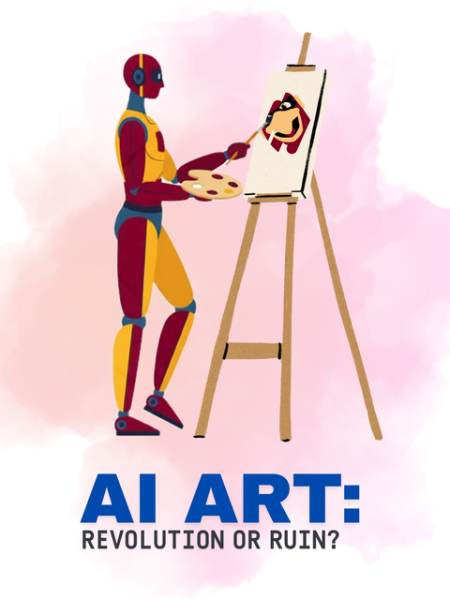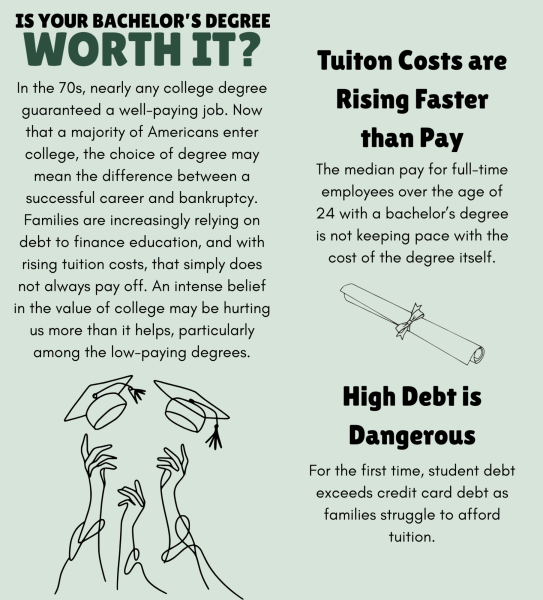Puerto Rico has aid, no way to distribute it
Hurricane Maria, a Category 4 storm, hit the island of Puerto Rico on a Wednesday morning almost three weeks ago.
This hurricane was the strongest storm to hit Puerto Rico in over 85 years.
The storm pummeled the island with 155 mph winds. Maria caused billions of dollars’ worth of damage.
Nearly three weeks later, almost the entire island is still left without power, and the locals are left to fend for themselves.
Immediately after the storm passed, the Puerto Ricans began to rebuild. During this time, the island began asking for aid. But the aid would take a while to finally reach them.
Access to clean water is a luxury to most, and the locals are growing anxious for help, especially from the U.S.
Social media has been highlighting the issues in Puerto Rico. Footage has appeared of hospitals in need, buildings in disrepair and people in distress.
Everyone has been asking, “Where is the aid?” The U.S. and President Trump are taking the majority of the heat.
San Juan’s mayor, Carmen Yulin Cruz, was the first to speak up. In an emotional address mainly directed at President Trump, the mayor begged for help.
Trump, when first asked about the aid for Puerto Rico, named the surrounding water as a logistical issue in getting aid to the island.
The real reason surfaced later. Shipping containers full of supplies and aid were reported in the Port of San Juan.
Apparently, aid has arrived. The problem is there’s no available way to distribute it.
The island’s heavily damaged infrastructure makes it hard to transport goods outside of San Juan.
Truck drivers are scarce. A representative of Puerto Rico’s governor stated only 20 percent of truck drivers have made it back to work.
Organizing the distribution of aid is another problem. Many cell towers and power plants are still down, making communication difficult.
Many fuel stations outside of San Juan have yet to be replenished with fuel.
Without a way to distribute aid beyond San Juan, the Puerto Ricans outside the city will have to wait even longer as aid begins pouring in.
My point is this: Three weeks after Hurricane Maria, aid is being distributed in Puerto Rico, just not quickly enough.
Government officials and relief efforts are still struggling with distribution.
The island’s infrastructure is the main culprit behind the lagging aid, not the U.S. government.
The rebuilding of the island’s roads and bridges should be the main task for those outside of San Juan.
With a stable infrastructure, the distribution of aid via trucks is more plausible.
Also, working on getting power and clean water to rural communities is a must.
Since those in rural communities will be the last to receive aid, electricity and clean water should be restored for them the quickest.
Although Puerto Rico has received significant aid and will continue to do so, the distribution of said aid is the bigger issue at hand for them.
As locals grow impatient with the government, the only real thing many of them can do is continue waiting and help where they are needed until the aid arrives.





